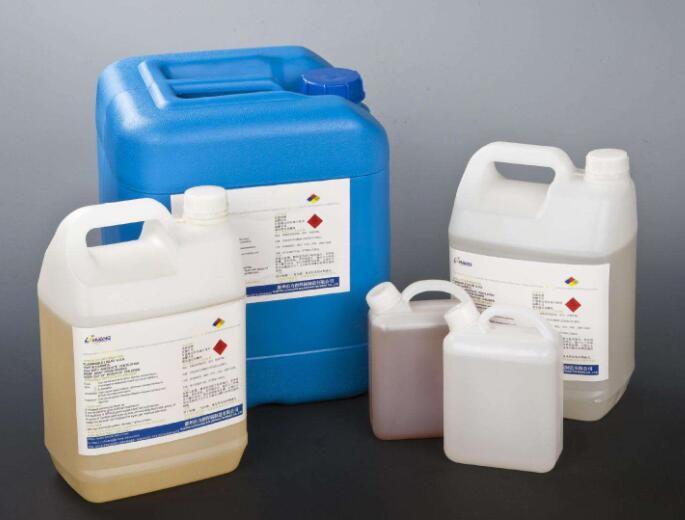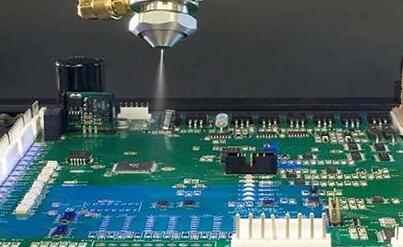PCBA flux is usually a mixture of rosin as the main component, which is the auxiliary material to ensure a smooth welding process. Welding is the main process in electronic assembly. PCBA flux is the auxiliary material used in welding. The main function of flux is to remove the oxides on the surface of solder and soldered base material so that the metal surface can achieve the necessary cleanliness. It prevents surface re-oxidation during welding, reduces the surface tension of solder, and improves welding performance. The quality of electronic products is directly affected by the performance of flux.
In general, the military and life-support electronic products (such as satellites, aircraft instruments, submarine communications, life-supporting medical devices, weak signal testing instruments, etc.) must use cleaning flux. Other types of electronic products (such as communications, industrial equipment, office equipment, computers, etc.) can use non-cleaning or cleaning flux; In general, household electrical and electronic products can use no-cleaning flux or RMA (moderately active) rosin type flux, without cleaning.
Flux is an important raw material for PCBA processing and indispensable auxiliary material for PCBA welding. The quality of the flux can even directly affect the quality of the welding. Here is a brief introduction of the role of the flux from the professional Guangzhou PCBA Processing Plant, Pat Technology.

1. Remove oxide from the welded metal surface
In a normal air environment, there are often some oxides on the surface of the welded metal. These oxides will affect the wetness of the solder during the welding process, which will affect the normal welding process. Therefore, the flux needs to be able to be oxidized to reduce, so that the PCBA-processed welding can proceed normally.
2. Preventing secondary oxidation
In the welding process of PCBA, heating is required. However, during the heating process, the metal surface will oxidize rapidly due to the increase in temperature. At this time, flux is needed to prevent secondary oxidation.
3. Reduce the tension of melt solder
Due to the physical morphology, there will be some tension on the surface of the melted solder. Surface tension will lead to the speed of flow direction of the solder to the welded surface, which will affect the normal wetting process. At this time, the role of solder is to reduce the surface tension of liquid solder and improve the wetting performance significantly.
In PCBA processing, many engineers are trying to control the amount of flux used. However, in order to obtain good welding performance, sometimes more flux is needed. In the selective welding process for PCBA processing, engineers tend to focus only on the results of the welding and not on flux residues.
Most flux systems use a glue drip device. To avoid the risk of reliability, the flux selected for selective welding should be inert when it is inactive - that is, inactive.
Adding more flux will create the potential risk of penetrating into the SMD zone and creating residues. There are some important parameters in the welding process that affect reliability, the most critical is that the inactive part is formed when the flux penetrates into SMD or other processes at a lower temperature. Although it may not have a bad effect on the final welding result in the process, when the product is in use, the combination of unactivated flux parts with humidity can produce electrical migration, making the extensibility of the flux a key parameter.

A new development trend of solder used in selective welding is to increase the solids content of solder so that a higher solids content can be formed by applying less solder. Usually, the welding process needs 500-2000 μ Solder solids of g/in2. In addition to the fact that the PCBA flux can be controlled by adjusting the parameters of the welding equipment, the actual situation may be more complex. The extensibility of flux is critical to its reliability because the total amount of solids dried by the flux affects the quality of the welding.